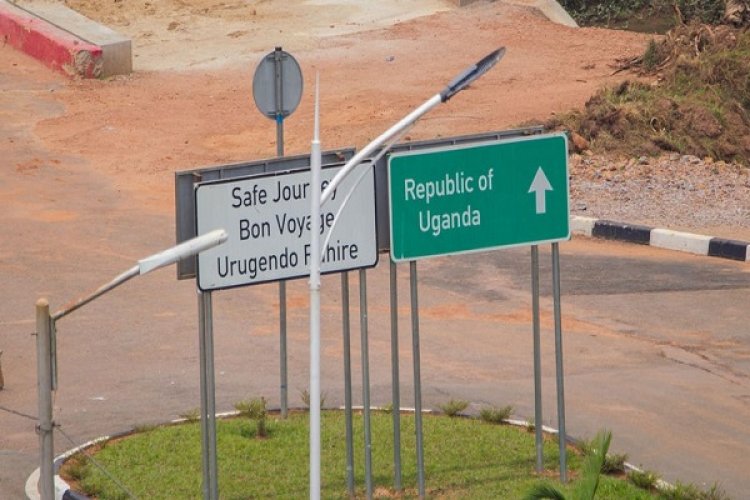If there is one thing that dreads international travelers the most is the risk of catching infections of the fatal Tsetse fly disease whenever planning or while on trips to the sub-Saharan Africa’s national parks, wildlife reserves and conserved areas.
Commonly known as African trypanosomiasis or sleeping sickness, the disease is transmitted to humans or animals by the tsetse fly. The United Nations’ data suggest that it is found in over 36 countries in sub-Saharan Africa.
Scientists say it is fatal without treatment which, just like diagnosis, is complex and requires specifically skilled staff, according to World Health Organisation (WHO).
No wonder national health agencies of Western countries where most tourists to the sub-region come from urge their citizens to practice enhanced health precautions when travelling.
For instance, Centers for Disease Control and Prevention (CDC), the national public health agency of the US urges travelers to wear protective clothing, avoid bushes and use insect repellent, among other precautions to prevent catching trypanosomiasis.
Not in Rwanda
But travelers to Rwanda now have no reason to worry, neither should they contend with inconveniences associated with all these precautions of covering themselves, avoiding bushes while on tour or carrying insect repellent all in the name of protect themselves against the tsetse fly disease.
It’s official. Rwanda has been declared trypanosomiasis–free by the WHO after fully eliminating the dreaded disease. The organisation granted the certification on April 26 “based on the evidence provided and the recommendation of external experts.”
“I have pleasure in informing you that WHO concludes that Rwanda has met the established criteria of elimination of r-HAT [technical term for the disease] as a public health problem,” the organisation’s Director General Dr. Tedros Adhanom Ghebreyesus wrote in a letter addressed to Rwanda’s health Minister Dr. Daniel Ngamije.
Rwanda becomes the second African country to achieve this milestone after Togo.
Economically speaking, it’s good news for travelers because some countries put restrictions for certain diseases, and the presence of sleeping sickness could shy away visitors. Now tourists are free to visit us and have fun without fear of trypanosomiasis
Dr. Aimable Mbituyumuremyi, head of malaria and neglected tropical diseases (NTDs) division, Rwanda Biomedical Center
The elimination of the disease now offers tourists more reasons to choose Rwanda as their travel destination, suggests Dr. Aimable Mbituyumuremyi, head of malaria and neglected tropical diseases (NTDs) division of Rwanda Biomedical Center.
“Economically speaking, it’s good news for travelers because some countries put restrictions for certain diseases, and the presence of sleeping sickness could shy away visitors. Now tourists are free to visit us and have fun without fear of trypanosomiasis,” he said.
High hopes
Mr. Mbituyumuremyi, alongside NTDs elimination specialit Jean Bosco Mbonigaba, spoke to Friday’s Talk Rwanda Spaces, a weekly current affairs Twitter discussion co-hosted by this Publisher.
They say the successful elimination of tsetse fly disease raises hopes of ending other diseases in the category of those deemed neglected.
The eradication also means that the disease ceases from being a threat to Rwanda’s wildlife species and livestock.
Local experts say they had been collecting pieces of evidence for years in endemic areas of Eastern Province surrounding the Akagera National Park and others, which led to confirming beyond doubt that trypanosomiasis no longer existed.
“Since 2016, we had been going to the parks, small forests and around grazing areas doing tests and screening livestock. We worked with the University of Rwanda to also screen tsetse flies. We could not detect any case,” said Mbonigaba, adding that surveillance will go on to detect potential resurgence.
Sleeping sickness had ravaged humans, livestock and animals in Eastern Bugesera, Nyagatare, Kayonza, Gatsibo and Kirehe Districts in the 90s.










